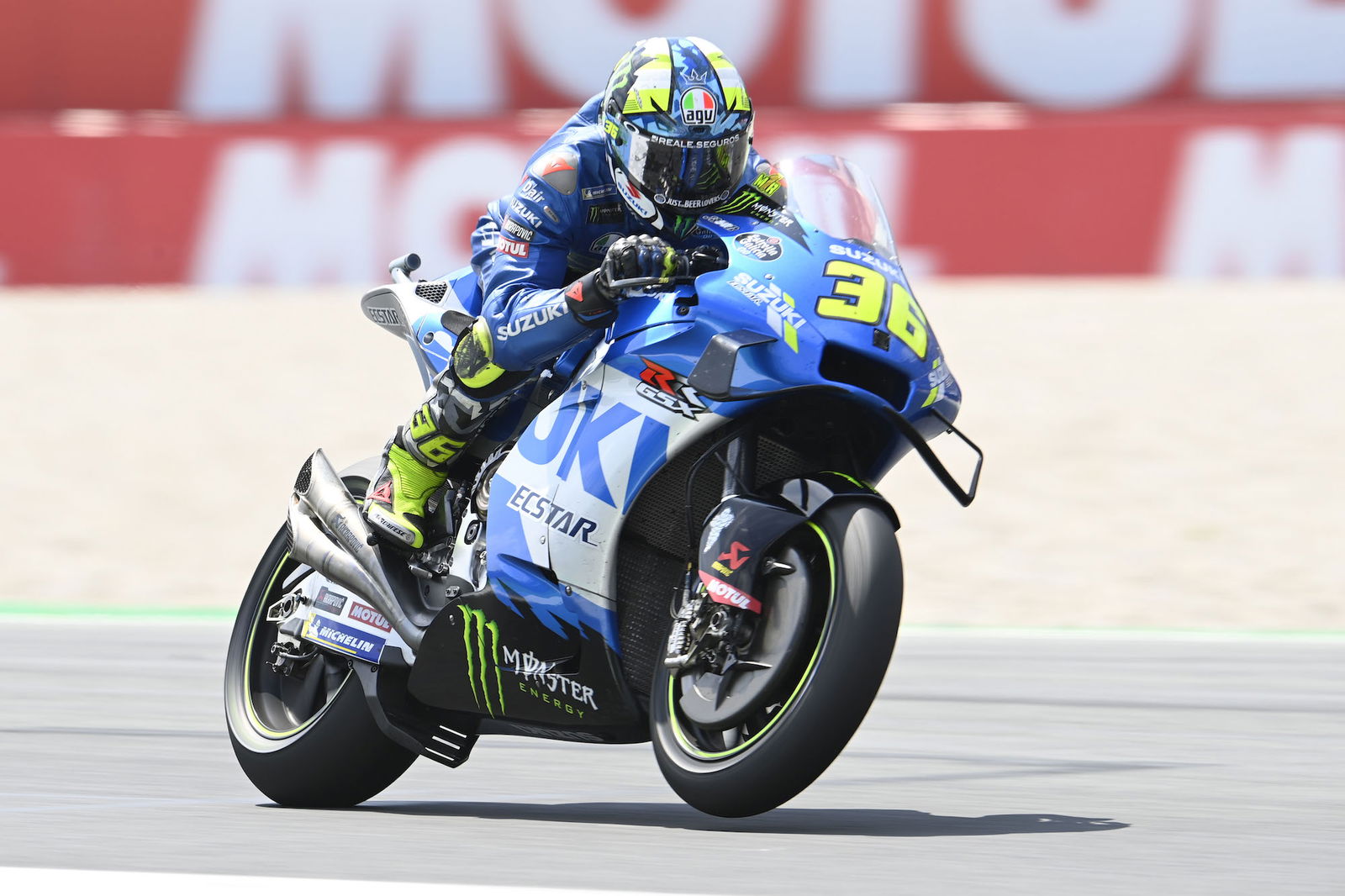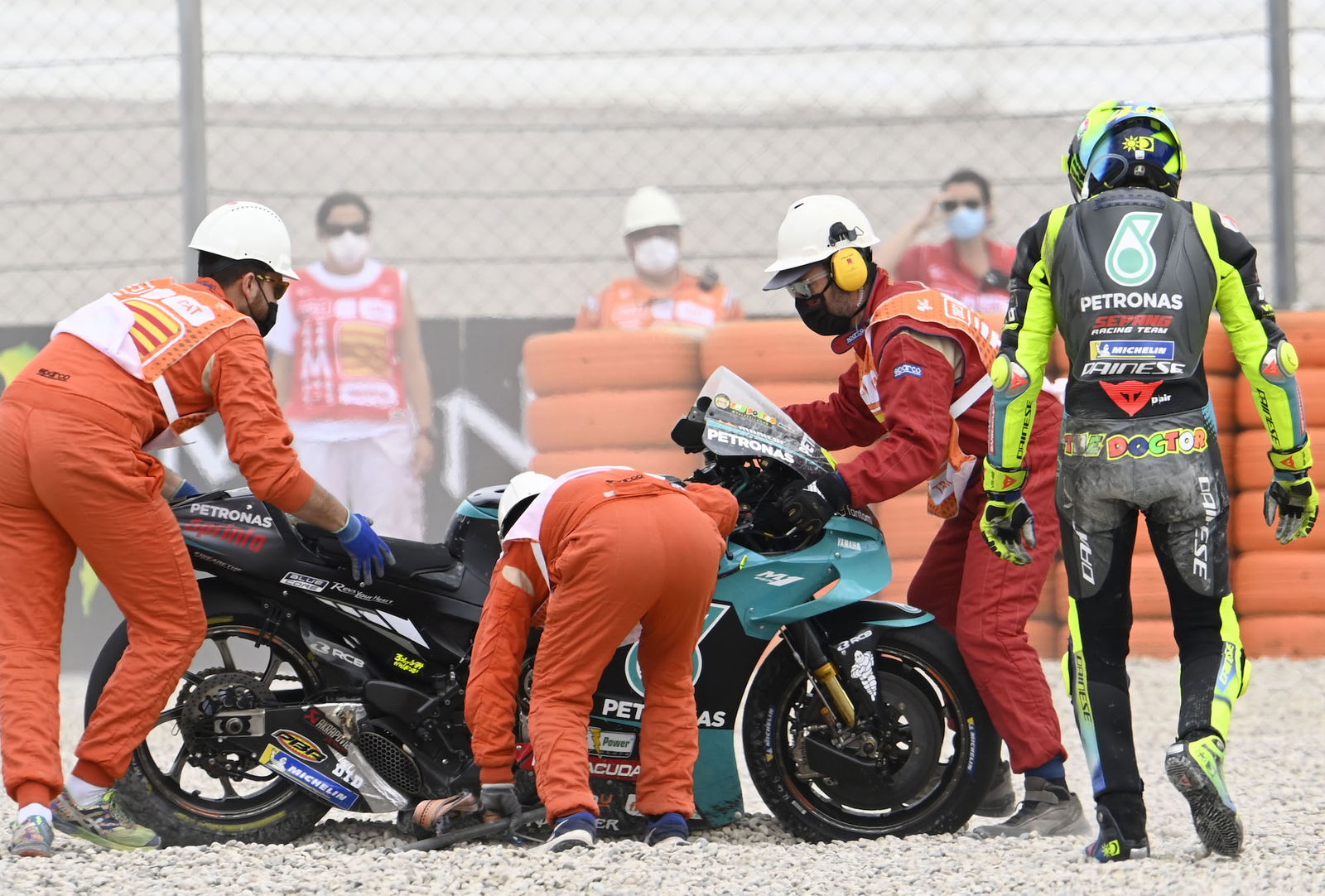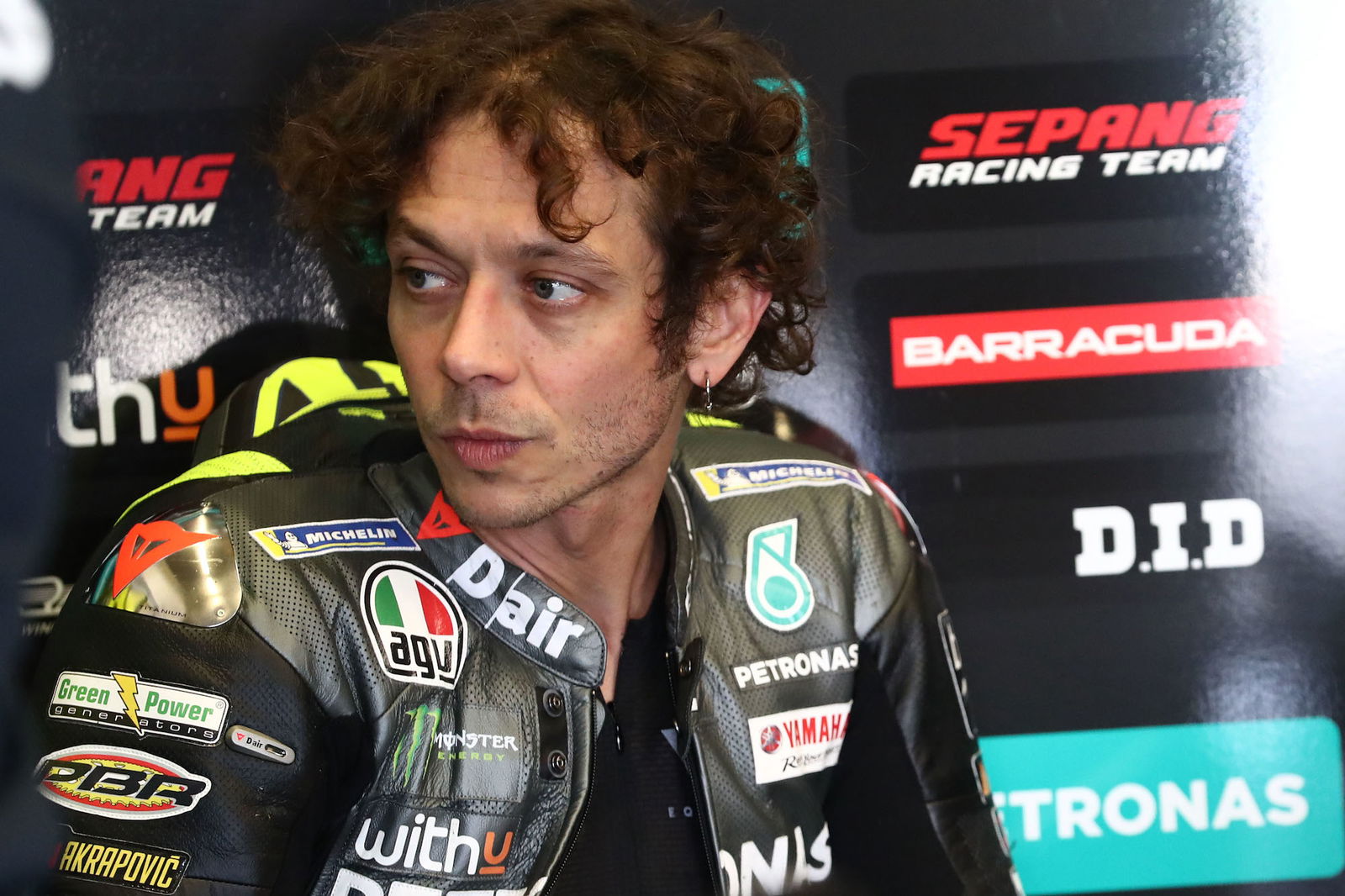Why Joan Mir and Suzuki aren't out of the 2021 MotoGP title fight just yet
Suzuki readies the ride-height device riders Joan Mir and Alex Rins believe could be worth upwards of 0.4secs per lap at the Styria MotoGP

Suzuki is poised to finally introduce its much delayed ride-height device, an innovation its riders believe could find them up to 0.4secs per lap if it works properly.
To date Suzuki has only been able to engage the technology as a so-called ‘hole-shot’ device, which enables riders to select a setting that lowers the ride height of the GSX-RR on the startline so as to stop the front-end from lifting under hard acceleration.
However, after Ducati was discovered to be cleverly utilising the device during races in 2019 to lower the rear-end out of corners to provide extra drive and grip, rivals scrambled to do the same, albeit with the exception of Suzuki.
The slow uptake by the team - World Champions in 2020 - has been called out by both defending champion Joan Mir and Alex Rins for costing them crucial time per lap. However, Suzuki has developed the device over the summer to make it available from this weekend’s Styrian MotoGP in Austria.
“We are certainly satisfied with the GSX-RR 2021,” says Suzuki Ecstar Technical Manager Ken Kawauchi.
“But there is always room for improvement, and we believe the arrival of the height adjuster will help our riders perform better.
“When we compete in MotoGP, at the highest level of our sport, the challenge for improvement is continuous.”

Will the development transform Suzuki’s MotoGP fortunes?
It has been a very muted season for Suzuki after the hubbub of its stealthy yet richly deserved 2020 MotoGP title win.
The GSX-RR hasn’t kept pace with development compared with its rivals even despite the slim opportunities for teams to update their packages within the parameters of the technical freeze.
However, the lack of a ride-height device has certainly been an oversight on Suzuki’s part, even if it doesn’t quite account for its failure to land a race win so far this year.
Mir and Rins’ assertion that it is costing the team 0.4secs a lap is conveniently roughly the average it is down on its rivals in qualifying, an area the GSX-RR has traditionally struggled to perform. In reality it is probably somewhere between 0.1 and 0.2secs, depending on the circuit.
Regardless, it will be a huge help for the team in race conditions where it is certainly strongest and despite modest results on paper in 2021, it continues to thrive.
Indeed, watching races it is clear the GSX-RR - especially in Mir’s hands - can keep pace over a race distance, but it’s progress up the order is being stunted by the bike’s inability to slingshot down the straights, thus setting it up for an overtake.
As such, the Suzuki suffers from the perennial Yamaha issue of having great pace in the corners on its own but unable to slipstream. Except unlike Yamaha, Suzuki can’t help negate that with strong qualifying performances, while having to push harder in the ‘twisties’ weakens its strength in preserving tyres.
It’s why Mir deserves more credit for his six top five results from the opening half of the year - peaking with a trio of thirds - because they have been done from an average starting position of just 11th place.
With this in mind, while it might take a bit of bad fortune for Fabio Quartararo to slip into Mir’s trusty grip like he did last year, if this ride-height device does prove effective, Suzuki aren’t quite out of this title fight just yet.

